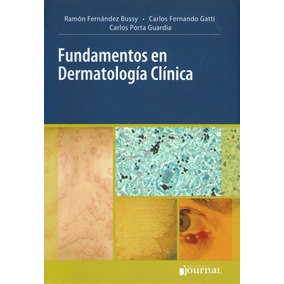
The term vitiligo was defined to designate all forms of NSV (including acrofacial, mucosal, generalized, universal, mixed and rare variants). In 2011, an international consensus classified vitiligo into two major forms: nonsegmental vitiligo (NSV) and segmental vitiligo (SV).

Vitiligo should not be dismissed as a cosmetic or insignificant disease, as its effects can be psychologically devastating, often with a considerable burden on daily life. Considerable recent progress has been made in our understanding of the pathogenesis of vitiligo, and it is now clearly classified as autoimmune disease, associated with genetic and environmental factors together with metabolic, oxidative stress and cell detachment abnormalities. The characteristic lesion is a totally amelanotic, nonscaly, chalky-white macule with distinct margins. Vitiligo, a depigmenting skin disorder, is characterized by the selective loss of melanocytes, which in turn leads to pigment dilution in the affected areas of the skin.


 0 kommentar(er)
0 kommentar(er)
